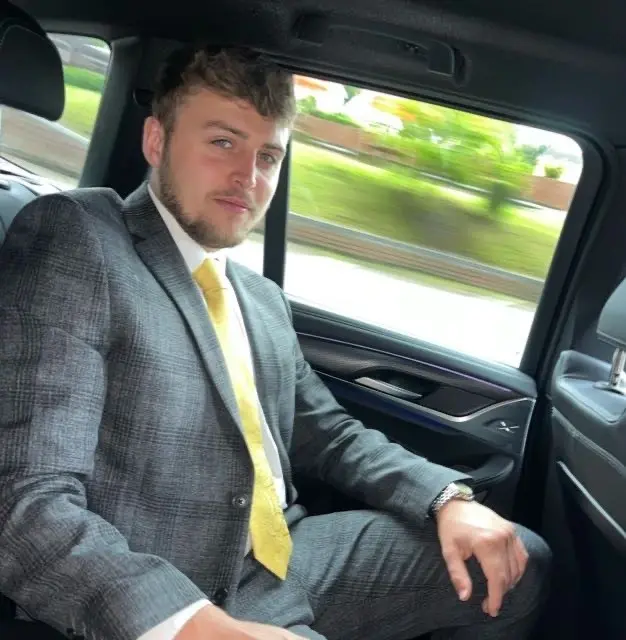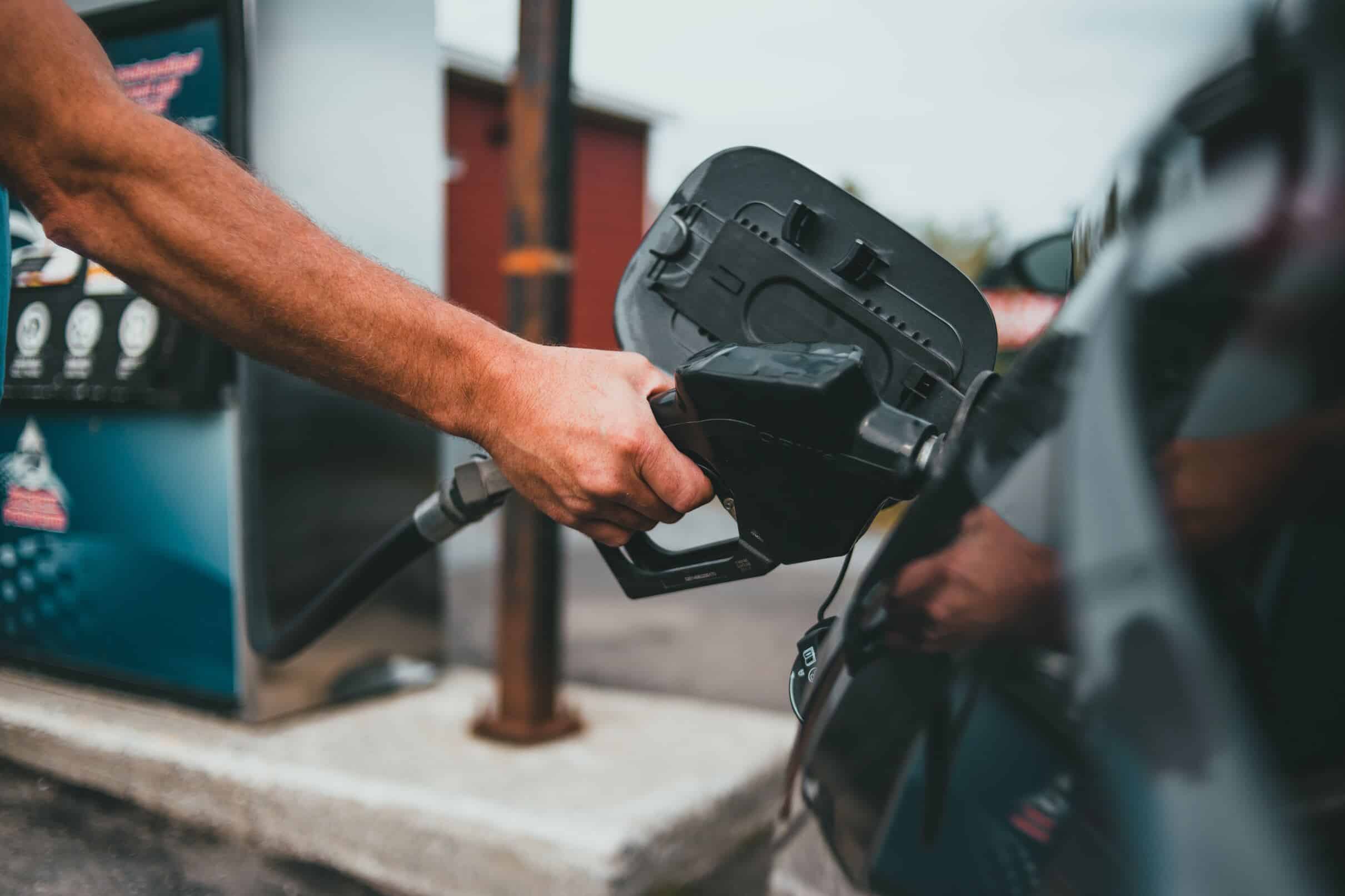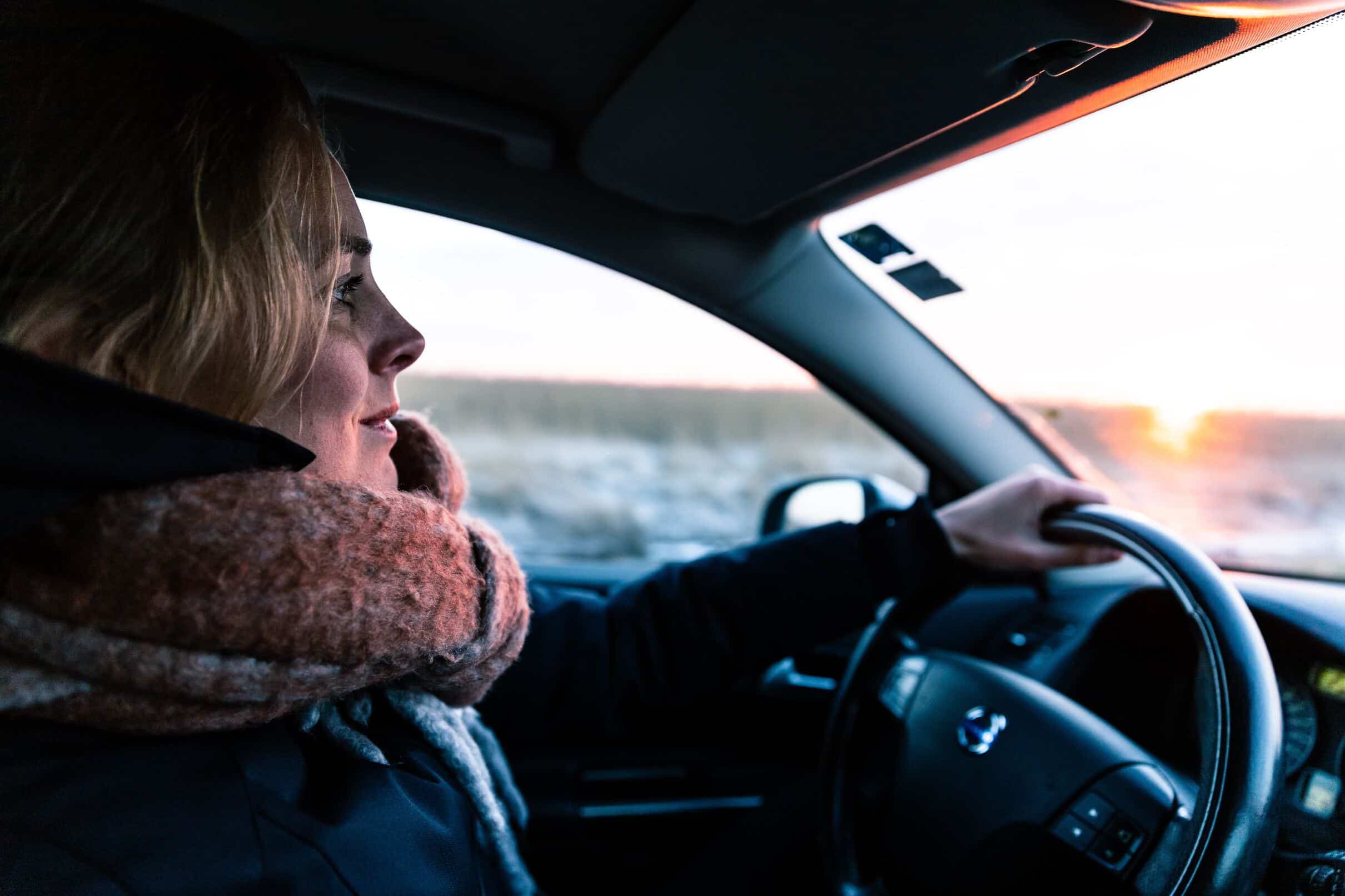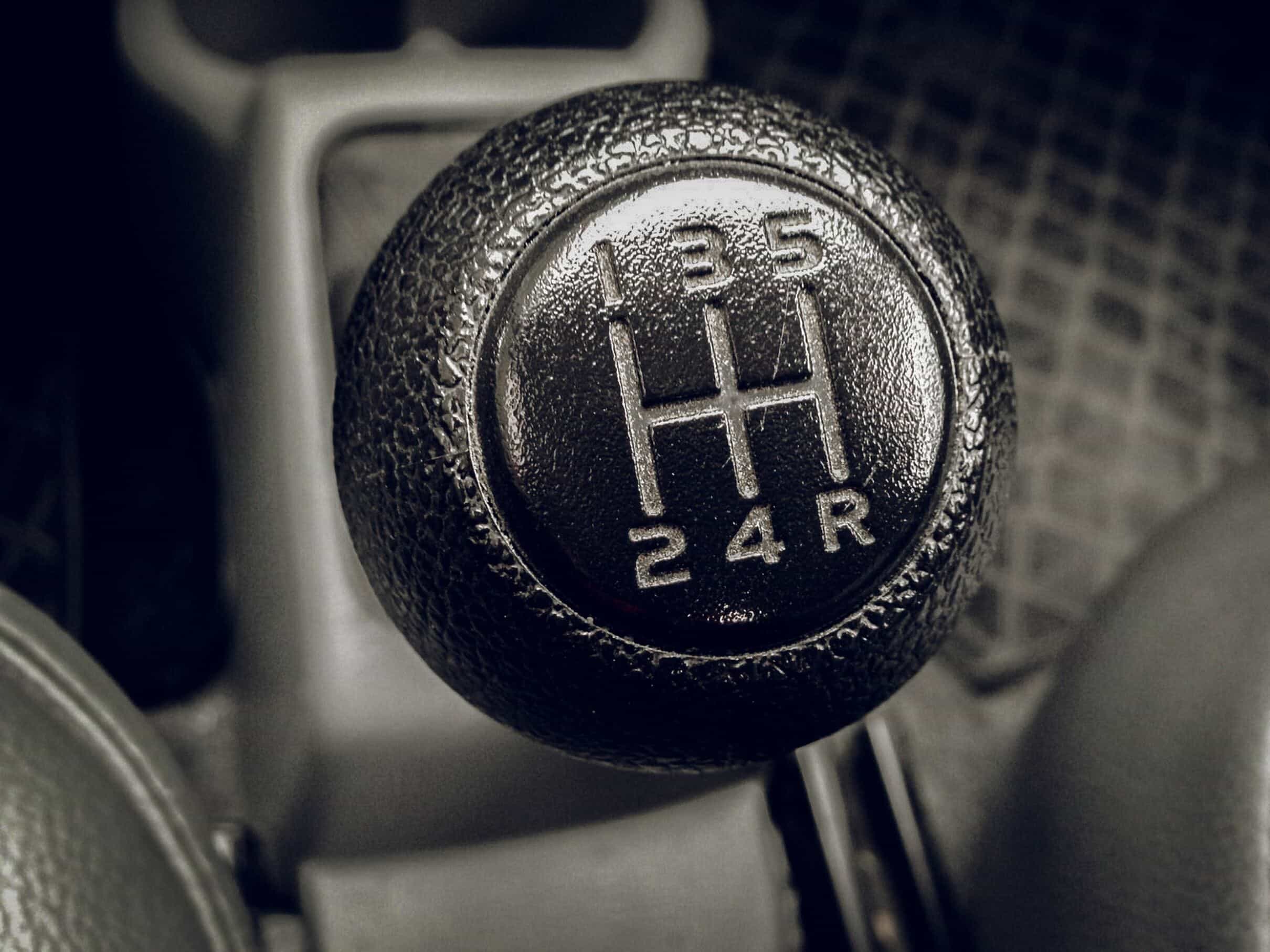
Ben is a senior automotive writer with a passion for all things motoring. He writes detailed car reviews, buyer guides, and practical tips aimed at helping drivers make smart, confident choices in a fast-changing car market.
Introduction
In the world of cars and driving, there are many myths and misconceptions that have been passed down through generations. From beliefs about fuel efficiency to misconceptions about maintenance, these myths can often lead to confusion and misinformation among consumers. In this article, we’ll debunk some of the biggest automotive myths and explain why they’re wrong. Here at Choose My Car, we discuss the biggest automotive myths and why they’re wrong.
Myth 1: Premium Fuel is Always Better for Your Car

The Truth:
Many drivers believe that using premium fuel will always result in better performance and fuel efficiency. However, most modern cars are designed to run perfectly fine on regular unleaded fuel. Unless your car specifically requires premium fuel due to high compression ratios or turbocharging, using premium fuel is often unnecessary and a waste of money.
Why It’s Wrong:
Premium fuel typically has a higher octane rating, which can prevent knocking in high-performance engines. However, for the majority of everyday cars, regular unleaded fuel with the recommended octane rating is perfectly adequate. Using premium fuel won’t provide any significant benefits and can be more expensive in the long run.
Myth 2: Engine Oil Should Be Changed Every 3,000 Miles

The Truth:
Many people believe that engine oil should be changed every 3,000 miles to keep the engine running smoothly. However, with advancements in engine technology and synthetic oils, most modern cars can go much longer between oil changes. This is true no matter which style of car you choose, from saloon to SUV’s.
Why It’s Wrong:
The 3,000-mile oil change myth originated from older vehicles and conventional oils that degraded more quickly. Today’s synthetic oils are designed to last much longer, often up to 7,500 to 10,000 miles between changes. Changing your oil too frequently can be unnecessary and wasteful, leading to unnecessary expenses and environmental impact.
Myth 3: You Need to Warm Up Your Car Before Driving in Cold Weather

The Truth:
Many people believe that warming up your car before driving in cold weather is essential to protect the engine and ensure optimal performance. However, modern engines are designed to warm up quickly, and idling your car for an extended period can actually be harmful.
Why It’s Wrong:
Idling your car in cold weather wastes fuel, contributes to air pollution, and can lead to increased engine wear. Modern engines warm up more efficiently when driving, so it’s best to drive gently for the first few minutes to allow the engine to warm up naturally. Idling for more than a minute or two is unnecessary and can be harmful to your car and the environment.
Myth 4: Manual Transmission is Always More Fuel-Efficient Than Automatic

The Truth:
There’s a common belief that manual transmission cars are always more fuel-efficient than automatics. While manual transmissions can offer better fuel economy in certain driving conditions, the difference between manual and automatic transmissions has narrowed significantly in recent years.
Why It’s Wrong:
Modern automatic transmissions, especially those with advanced features like dual-clutch or continuously variable transmissions (CVTs), can often match or even surpass the fuel efficiency of manual transmissions. Additionally, many drivers find automatic transmissions more convenient and easier to use, especially in heavy traffic or hilly terrain. So don’t let it hold you back form buying that automatic Ford Mustang GT!
Myth 5: Regular Car Washes Can Damage Your Paint

The Truth:
Some people believe that regular car washes, especially automatic car washes, can damage the paint and finish of their car. While it’s true that improper washing techniques can cause scratches and swirl marks, a reputable car wash using gentle methods and high-quality cleaning products is perfectly safe for your car’s paint.
Why It’s Wrong:
Regular car washing is essential to maintain the appearance and value of your car. Modern car washes use soft cloth or touchless methods to clean your car without causing damage to the paint. Avoiding car washes due to this myth can lead to a build-up of dirt, grime, and road salt, which can actually be more harmful to your car’s paint in the long run.
Conclusion
Automotive myths and misconceptions can often lead to confusion and unnecessary expenses for car owners. By understanding the truth behind these myths, you can make informed decisions about fuel, maintenance, and driving habits that will save you money, protect your car, and reduce your environmental impact.
From believing that premium fuel is always better to thinking that you need to warm up your car in cold weather, it’s important to question common automotive myths and seek reliable information. By doing so, you’ll be better equipped to take care of your car and enjoy a more efficient, enjoyable, and environmentally friendly driving experience.
Whilst we’re working on the part 2 of this series, take a look at our used cars for sale. W have great finance offers, including those who seek bad credit car finance!




